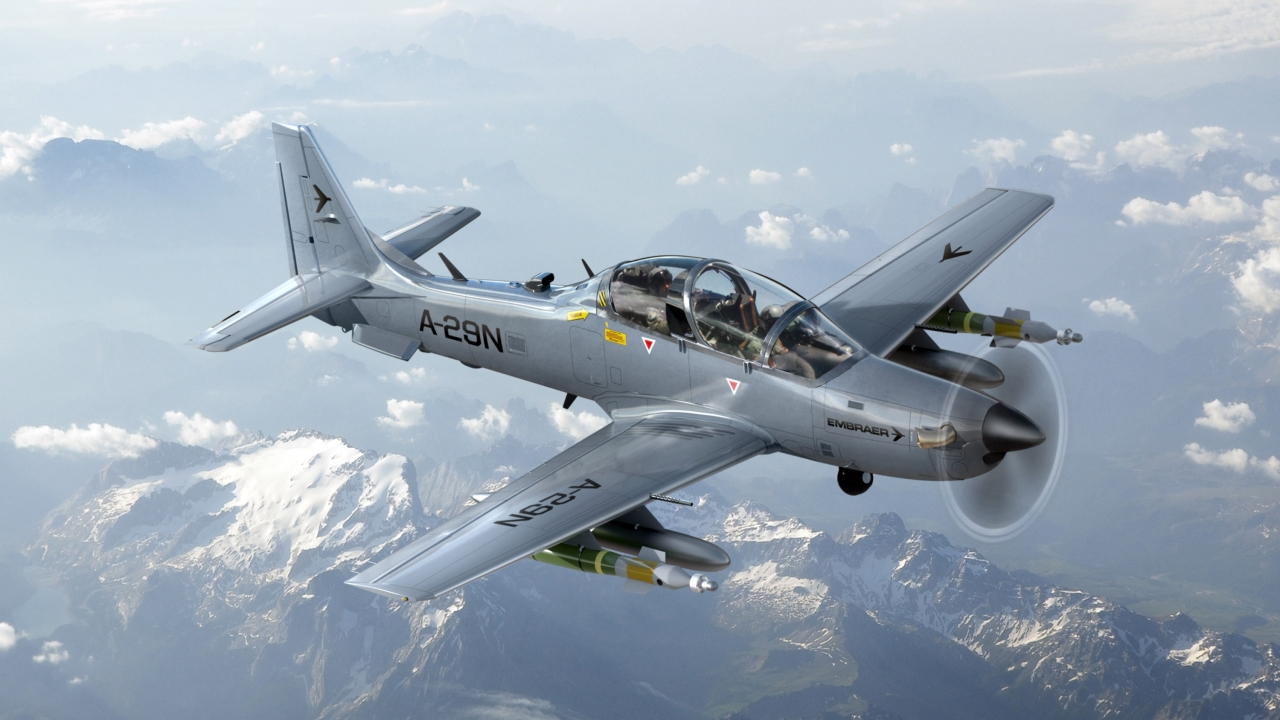Dubai Airshow: A brand new trainer with a very long pedigree

The type is already in service with the Royal Air Force of Oman (RAFO) and Royal Saudi Air Force (RSAF), and forms part of their cutting-edge training pipelines, preparing pilots to go on to aircraft like the PC-21, Hawk AJT and Eurofighter Typhoon.
But the MFI-395 can trace its lineage back to Björn Andreasson’s 75hp, 1958 vintage BA-7 lightplane. Andreasson started working at Malmö Flygindustri, where he improved and productionised the BA-7 as the MFI-9 Junior.
The MFI-9B Mili-Trainer was developed for evaluation by the Swedish Air Force and five were purchased by Carl Gustaf von Rosen, who formed a squadron which fought on the Biafran side in the Nigerian Civil War.
In 1968 Saab then improved the type as the MFI-15 Safari, and militarised this 200hp derivative of Andreasson’s creation as the MFI-17 supporter, with six under-wing hardpoints for light and practice weaponry, flying an MFI-17 prototype on July 6, 1972.
Pakistan took delivery of 18 Saab-built Supporters, and PAC assembled 92 more from knocked down kits supplied by Saab. PAC then built a further 149, acquiring sole manufacturing rights in 1981. Some were exported to Egypt, Iran, Oman, Saudi Arabia, and Syria.
Development of the up-engined (260hp) MFI-395 Super Mushshak began in 1995, leading to a maiden flight in August 1996. The new type entered service with the Pakistan Air Force (PAF) in May 2001. The PAF have received 50 MFI-395s, with 20 more going to the RSAF and five to the RAFO.
The aircraft’s design is compliant with US Federal Aviation Regulations (FAR) 23 certification standards and the type has been certified by the Pakistan Civil Aviation Authority since 2002.
Stay up to date
Subscribe to the free Times Aerospace newsletter and receive the latest content every week. We'll never share your email address.

